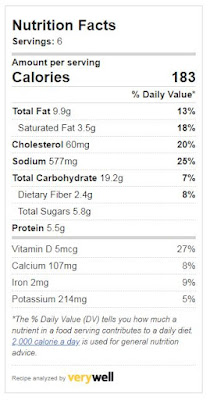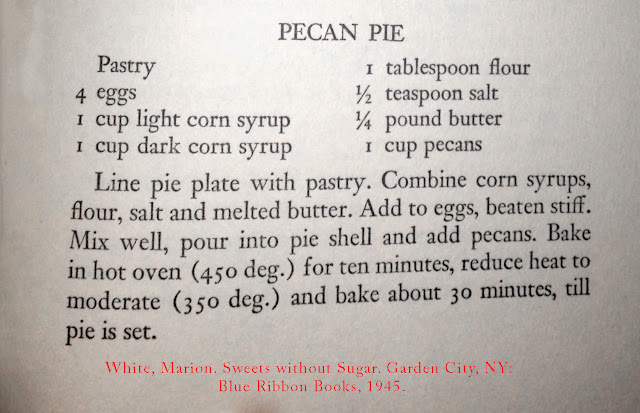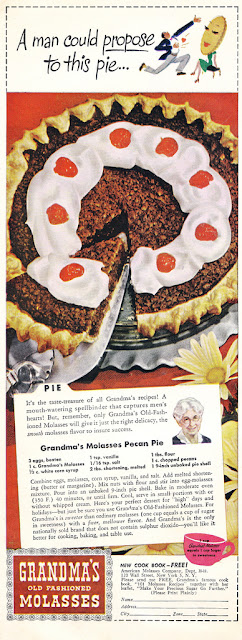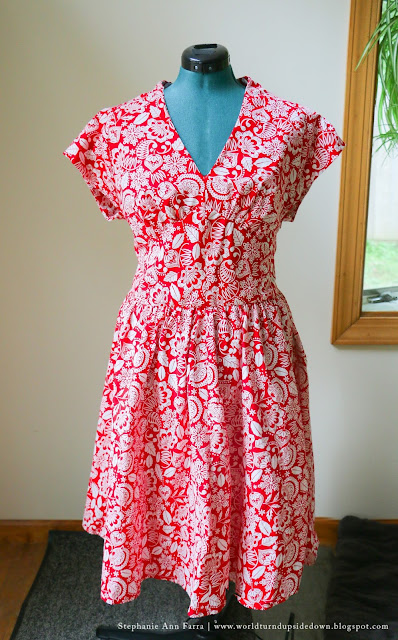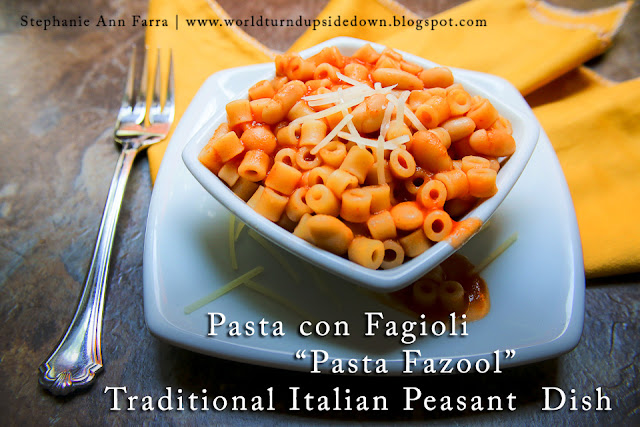My Grandmother was trying to find a recipe for me from my Great Aunt Ann for Perogies. We couldn't find it today--she has a lot of recipes! She did pull out this recipe for crabcakes and said "This is my mother's handwriting."
I looked at it, scrawled in green pen, her handwriting is much sloppier than my grandmother's. The recipe was nothing special; there was no ingredient list and there were blue ink annotations correcting the measurements.
What I found very fascinating, living in the modern, disposable age, was that the paper it was written on. The recipe was written on the back side of an order form from the "Stork Diaper Service."
"How long ago did you use cloth diapers?"
"Oh, a long long time, now you can use the disposable ones," she said."
She looked at the back of the recipe and said "This must have been when Uncle Freddie used to work there."
" I'm thinking of using cloth diapers, when I have kids," I said with a smile.
She looked at me with horror and said the first curse word I have ever heard from her in my 22 years-- "No, they were horrible! It was just a rag! You had to send them away all S***ty and they'd clean them there and send you back the same number your sent them. They would sanitize them. Don't tell your mother, I still have two of hers."
She went up to her rag drawer and pulled out two white rags.
"I use them for the windows. They soak up a lot more than normal rags."
The cloth diapers would have been from the 1950s and my Grandmother said the recipe was probably from around the same time. She tried to remember how to wrap the diapers.
"The extra fold goes in the back for girls and in the front for boys. That's all I remember. And you had to make sure you didn't pin the baby."
We tried wrapping the cloth diaper on Pinocchio, another relic from the 1950s. We weren't very successful, and she reiterated that I should use disposable ones when the time comes.
"They are very expensive," I said.
"It's well worth it!"
I guess it is true because statistics say that in the 1950s, 92% of babies were toilet trained by the time they were a year and a half old. Today only 4% are toilet trained by that time. There is an interesting article here about this:
Cloth Diapers. I am guessing that this would have been true in years before as well. No one wanted to carry around a messy baby. Imagine the ruined clothing!
Diapers seem to have been a thick cloth for the most part in history
The book,
Babyhood from 1891, mentions that cheesecloth diapers are better than cotton ones and that you should put one diaper folded up inside of the "wrapping diaper."
Only at Grandma's can you go in looking for a recipe and end up putting a Nappie on Pinocchio.
The Crab cake Recipe:
"Fry onions + celery together in [1 TB] Butter until tender then add 1 can Crab Meat stir it good then [1/2 cup] 1 qt. milk bring to a boil, then take it off the stove and stir in [2 TBS] 1 Cup flour, do not dilute the flour, stir it in dry, then a little soy sause, salt + pepper or if you have Chicken Boullion it gives a nice flavor, make This The day before you use it Then its eas-ier to bread you Take a spoonful and roll it in Bread-crumbs."













